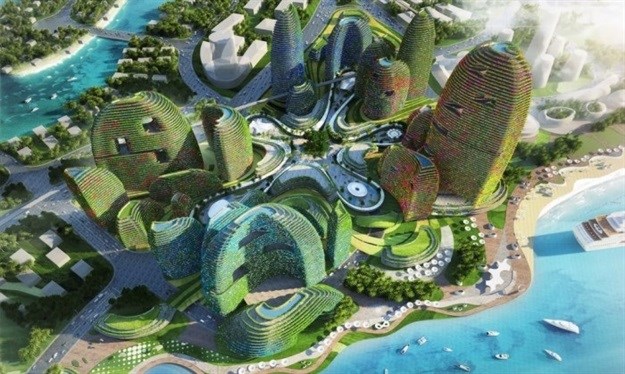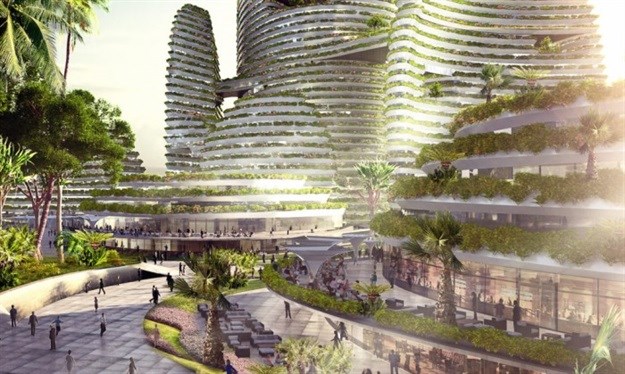
Top stories


EducationFrom adversity to opportunity: African education’s revival strategies
Sanjeev Mansotra 4 hours



Marketing & MediaThe Odd Number named Financial Mail AdFocus Mid-Sized Agency of the Year
The Odd Number 8 hours

More news


















“Skylines across the world look the same - usually a couple of iconic towers in the centre surrounded by lots of lesser quality buildings, which all resemble each other,” said Chris Bosse, director of LAVA.
“Here we have designed an inverse city skyline where the icon of the city is a public space, not an object/building. Our central space is a Rainforest Valley and demonstrates the equation: PEOPLE = CITY. From an object to a place.”
The concept was designed for Country Garden. The Chinese developer plans to erect a 20 square kilometre green, smart city in southern Malaysia. Located on reclaimed land between Malaysia and Singapore, it will house 700 000 people with office towers, parks, hotels, shopping malls and an international school. Architecture firms worldwide were given the opportunity to pitch their designs in a design “Olympics”.

Meanwhile, the excitement for the development continues to grow. According to a press release, the developers have embarked on collaborations with 36 partners from various industries on its road towards building the first smart and green city on four man-made islands. The design project was won by Sasaki Associates.
LAVA’s design is built around the idea of a layered city, one designed around central public space where people, railways, and vehicle traffic are separated using a loop system that keeps vehicles underground. Nature is its ultimate inspiration with sustainable, local materials, renewable energy sources and local social development.

Design Indaba inspires and empowers people to create a better future through design and creativity. We are an online publication (www.designindaba.com) with an annual festival and social impact Do Tank.
Go to: www.designindaba.com